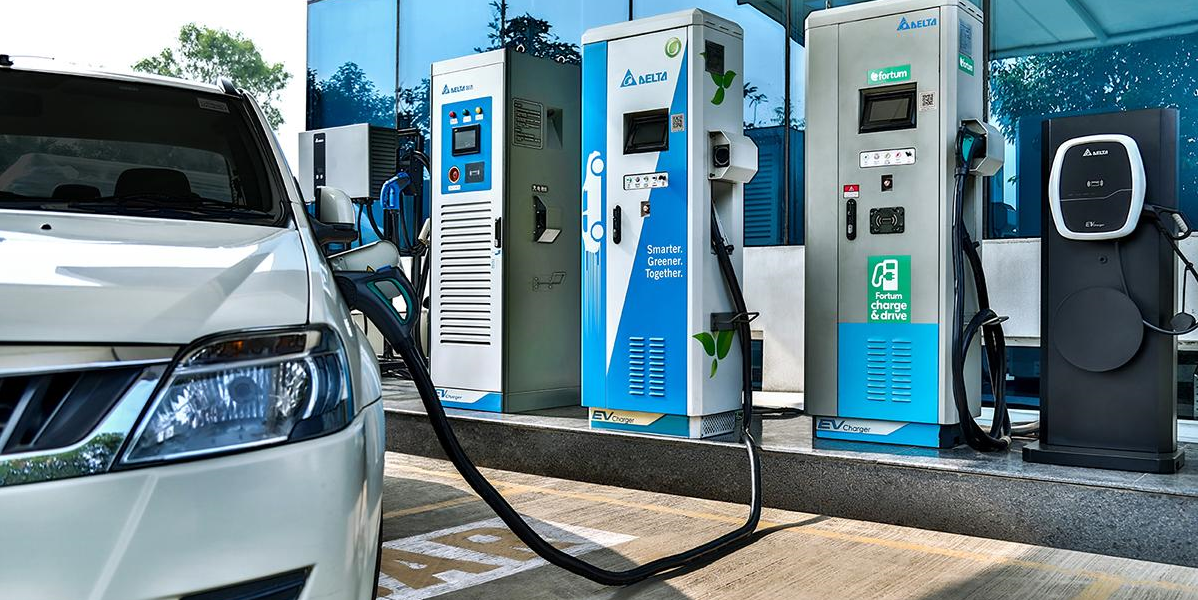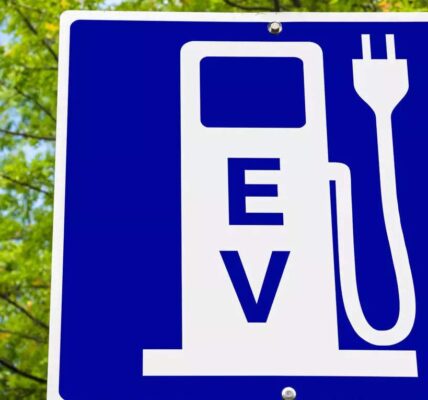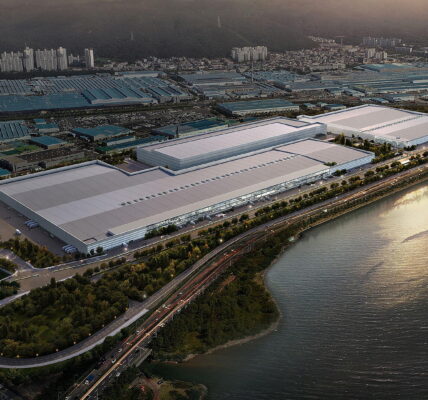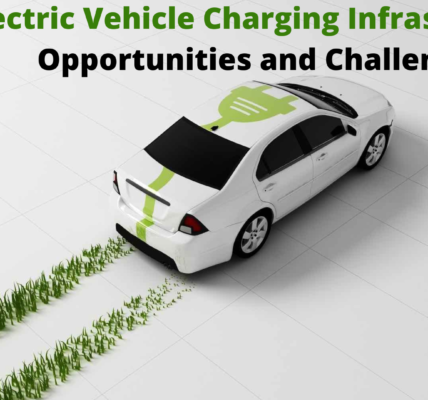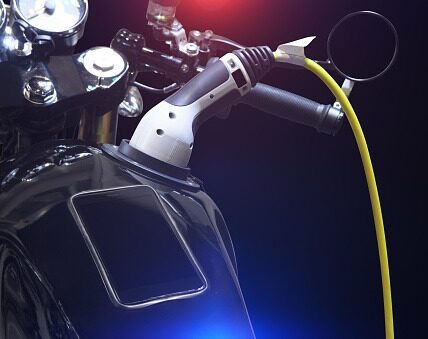Finland-based energy solutions company Fortum, which forayed into India’s EV charging infrastructure space in 2017, has rebranded its ‘Fortum Charge & Drive’ EV charging business. The company is switching to a new brand identity – Glida – and is in the process of rebranding its over 450 ‘charging points’ located across 16 cities in the country. The exercise is likely to be completed in the next two months.
The company says it has attained a reasonable traction in India’s EV charging space to now move to an independent brand identity, whilst continuing to be part of its parent company – Fortum – which is a major player in the energy solutions space in the Nordic region, which comprises European countries such as Denmark, Norway, Sweden, Finland, and Iceland.
According to Awadhesh Kumar Jha, Executive Director, Fortum India, “Our baby has now matured and that is the reason for switching to an independent brand identity. Glida demonstrates what we stand for – freedom to move without any barriers or hesitation.”
Accompanying the rebranding is a new logo for Glida featuring a green leaf which transforms into a flying plane, taking off into the sky, symbolising a smooth, fast, and affordable EV charging journey. The company says the new logo represents its commitment of providing a seamless and effortless charging experience to EV owners.
The company which presently has over 450 charging points in key cities such as Hyderabad, Bengaluru, Delhi-NCR, Ahmedabad, Surat, and Mohali, among others, aims to grow the number to more than double, by reaching close to 1,000 charging points by end-FY24.
“We want to grow from 5 to 12.5 percent utilisation rate, and it would require a six-fold growth in the country’s EV volumes to achieve such utilisation rate. However, presently, our charger utilisation rate varies from 1 percent to 30 percent, depending on the number of EVs in a particular geography,” said Jha.
While it has already invested Rs 100 crore into the various aspects of its India business since inception, the company says it is currently prioritising network visibility over utilisation, to help accelerate the adoption of the zero-emission technology by inducing customer confidence. It is also partnering with passenger vehicle OEMs like MG Motor India to set up EV charging stations at strategic locations to accelerate EV adoption in the country.
“As a long-term vision, we intend to cater to one-third of the EV car volumes in India by 2030, by which time the government also aims to achieve 30% EV penetration in the country,” Jha told Autocar Professional. “Instead of fixing our eyes on the number of charging points, we are aligning ourselves to capture one-third market share,” he added.
Fortum India is targeting major highway corridors in Maharashtra, Gujarat, Haryana and Punjab to install these modular chargers, with an intent to be future ready in terms of network, as well as technology to cater to the upcoming range of cars with fast-charging capabilities.
“This would enable us to cater to a wide range of cars from the mass-market, as well as premium segments, which have different limitations in terms of charging speed,” Jha said.
“In our experience, we have observed that a 70:30 ratio between fast and slow chargers is the right mix to offer appropriate charging solutions for the Indian market,” he added.
Bullish on the uptake of electric vehicles in the future, Fortum India aims to deepen its penetration to 52 Indian cities having over 1-million population as per the Census of 2011, by end-March 2025.


